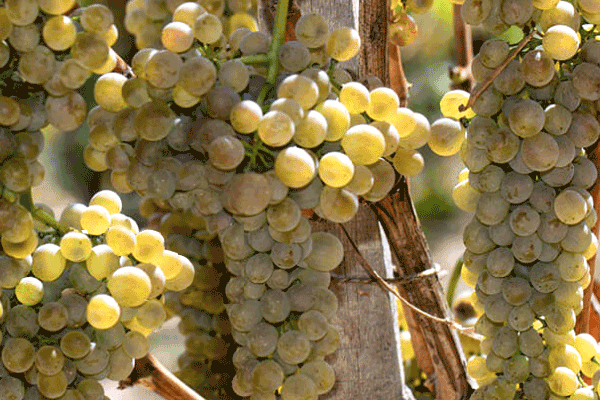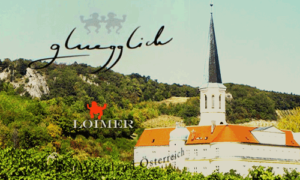White Hermitage is not afraid of butter, nor garlic, and is utterly intoxicating with truffle
Inherent potential
A white Hermitage wine from the Northern Rhône can develop in the cellar for over two decades. In all stages of maturity, it pairs gloriously well with food. A white Hermitage has the power to enhance the flavour potential of many meals.

Why do Hermitage whites pair so deliciously well with food? Just thinking about a white Hermitage wine paired with a heavenly truffle risotto makes my mouth water. And maybe yours too. What defines the art of a good food pairing with a white Hermitage from the Rhône valley?

White Hermitage is revered at times, but these days quite unknown and hard to get
On a recent visit to the Northern Rhône, the Hermitage whites enthused and surprised me (again) by their ageing ability. Widely admired as one of the most long-lived white wines in the wine world, it is the wine Thomas Jefferson once called “the first wine in the world, without a single exception.”
Marsanne and Roussanne are the only two grapes permitted in white Hermitage
It is the Marsanne grape that dominates in a white Hermitage. The more Marsanne, the better the wine ages, one winemaker told me. And the wine is even better when it is made from old vines with naturally low yields, about 25-30 hl/ha. Also, the soil of granite, loess, and chalk, or chalky clay contributes to the rich, silky, almost exotic, oily texture of Marsanne. In comparison, the Rousanne adds acidity and is more aromatic than Marsanne. Rousanne has floral, herbal, peach, pear, waxy and nutty notes. The main soil type of the Hermitage hill is granite, but indisputably, the soil composition is more complicated. The Hermitage soils can change over small distances and the soil types are rarely uniform.

Marsanne has a rather small window for harvest due to the delicate balance between acidity and ripeness
Marsanne has to be picked at the right time, at optimum levels of ripeness, in order to retain as much acidity as possible to add balance and freshness to the wine. Glycerol seems to be the keyword for this white Hermitage. Glycerol emphasises the wine’s viscosity and body, the oily aspects, the mouthfeel of this naturally rich wine. It allows the wine to age, even with its moderate acidity. Most wines are left on their fine lees for 6 up to 18 months depending on the producers’ style.
Bitter is a subtle gastronomic flavor
Why Hermitage whites are doing so deliciously well with food can be explained as a result of the unique quality of the Marsanne grape: it creates a bitter note on the palate. In its structure, there is a bitter element that makes Hermitage white ideal for wine-food pairing. Just as sweetness (sugar) and freshness (acidity) give us a clear notion of what sweet and fresh is, bitter is destined to give us an equally distinctive taste quality. Bitter is one of the most subtle gastronomic flavors if done correctly and in balance with other the other elements of a wine.

Not afraid of garlic
Another special characteristic of the white Hermitage is that it is not afraid of garlic. Garlic is not an easy ingredient to combine with white wines. But, the Hermitage white is a versatile wine. Hermitage white goes amazingly well with rich classic French cuisine. The sensation of oily smoothness, so dominant on the palate, and the floral, light aniseed, fennel and almond notes -typical of Rhône Marsanne and Rousanne- create a perfect match between a cuisine that uses butter, garlic and if you are lucky, truffle. The marriage of the sweet, pungent, earthy power of the raw, fresh black truffle, and a Hermitage white takes you one step further. It’s utterly seductive and intoxicating. If you like truffles that is. If not, there is still the quiet beauty of a mature Hermitage Blanc to appreciate.


